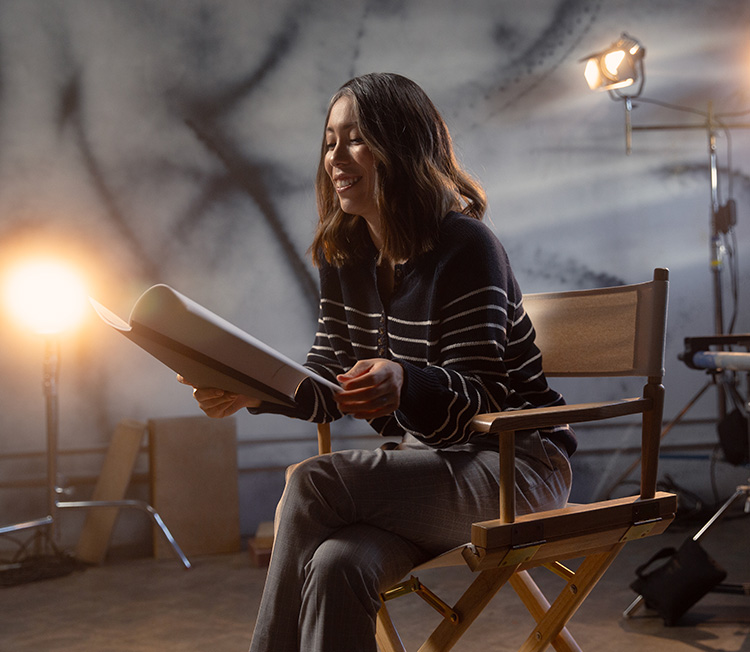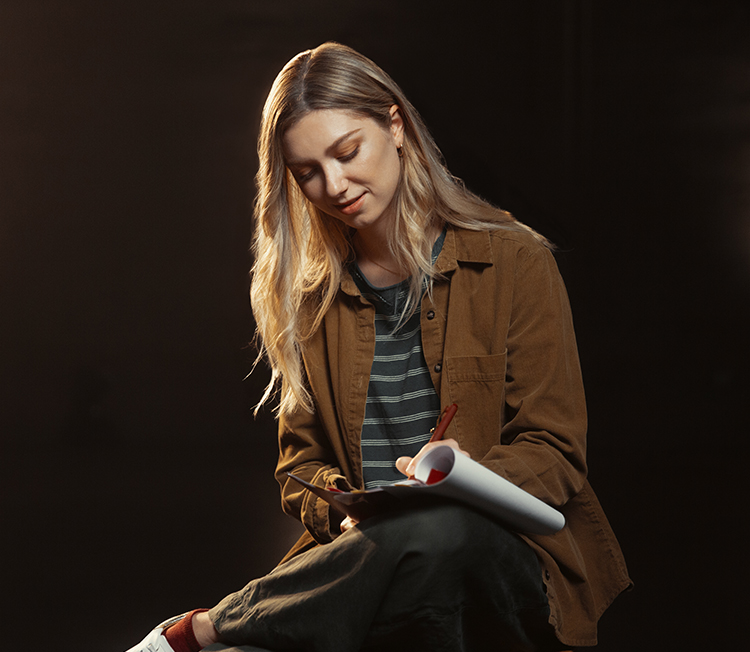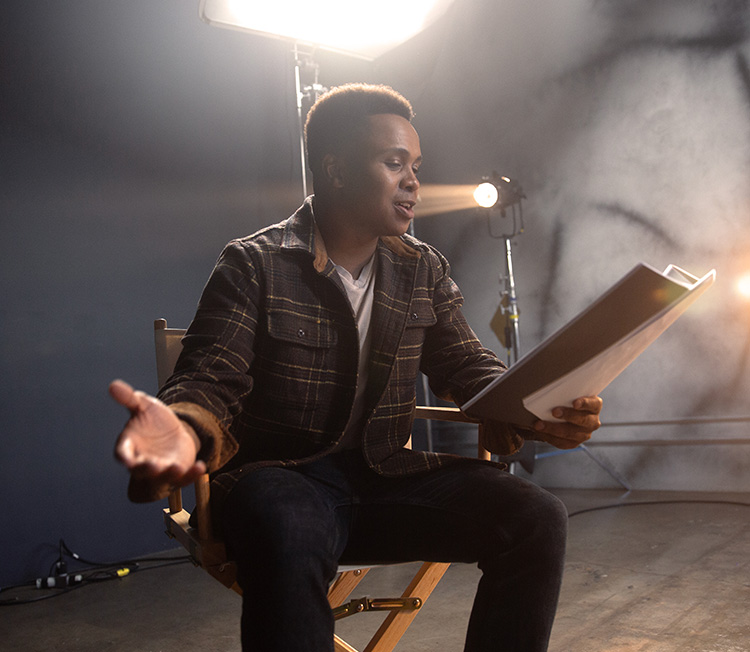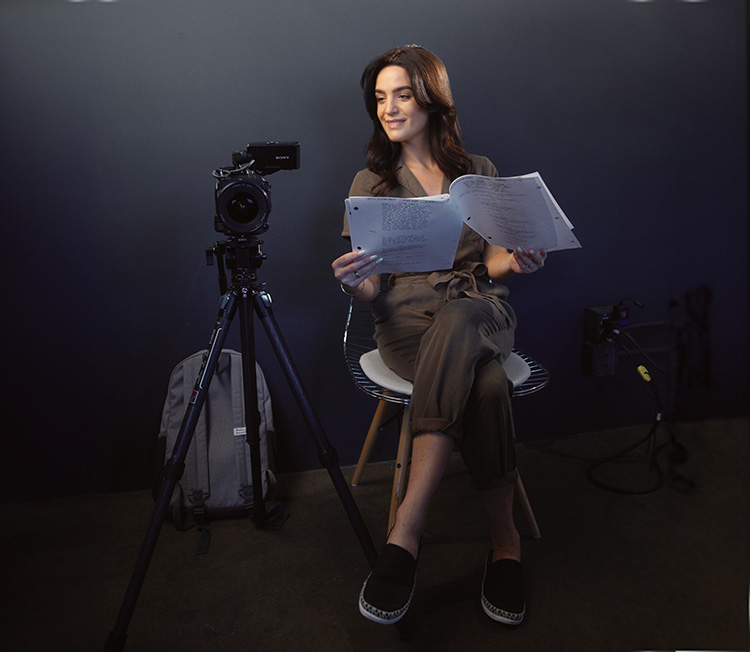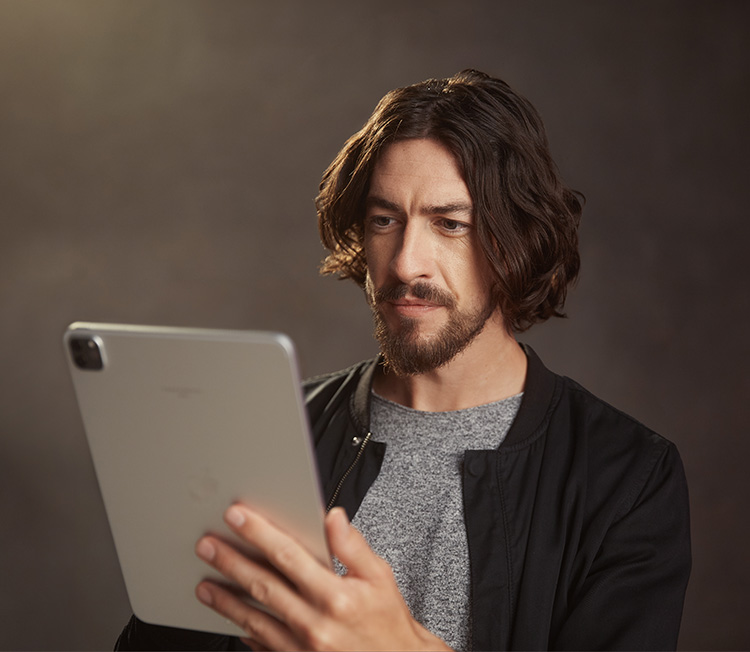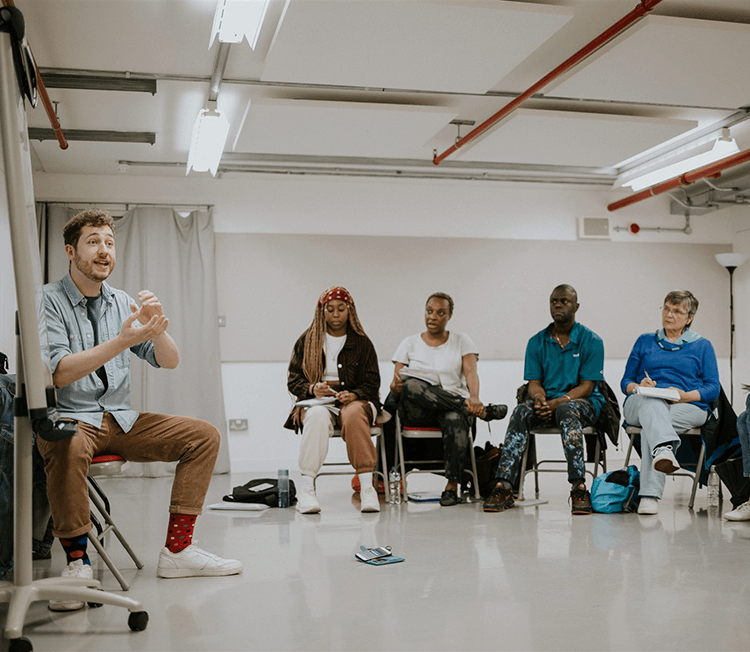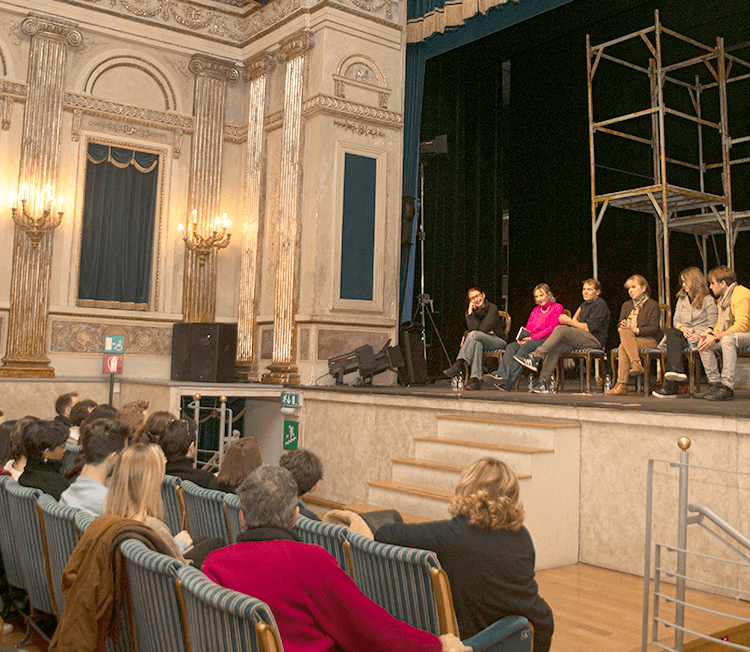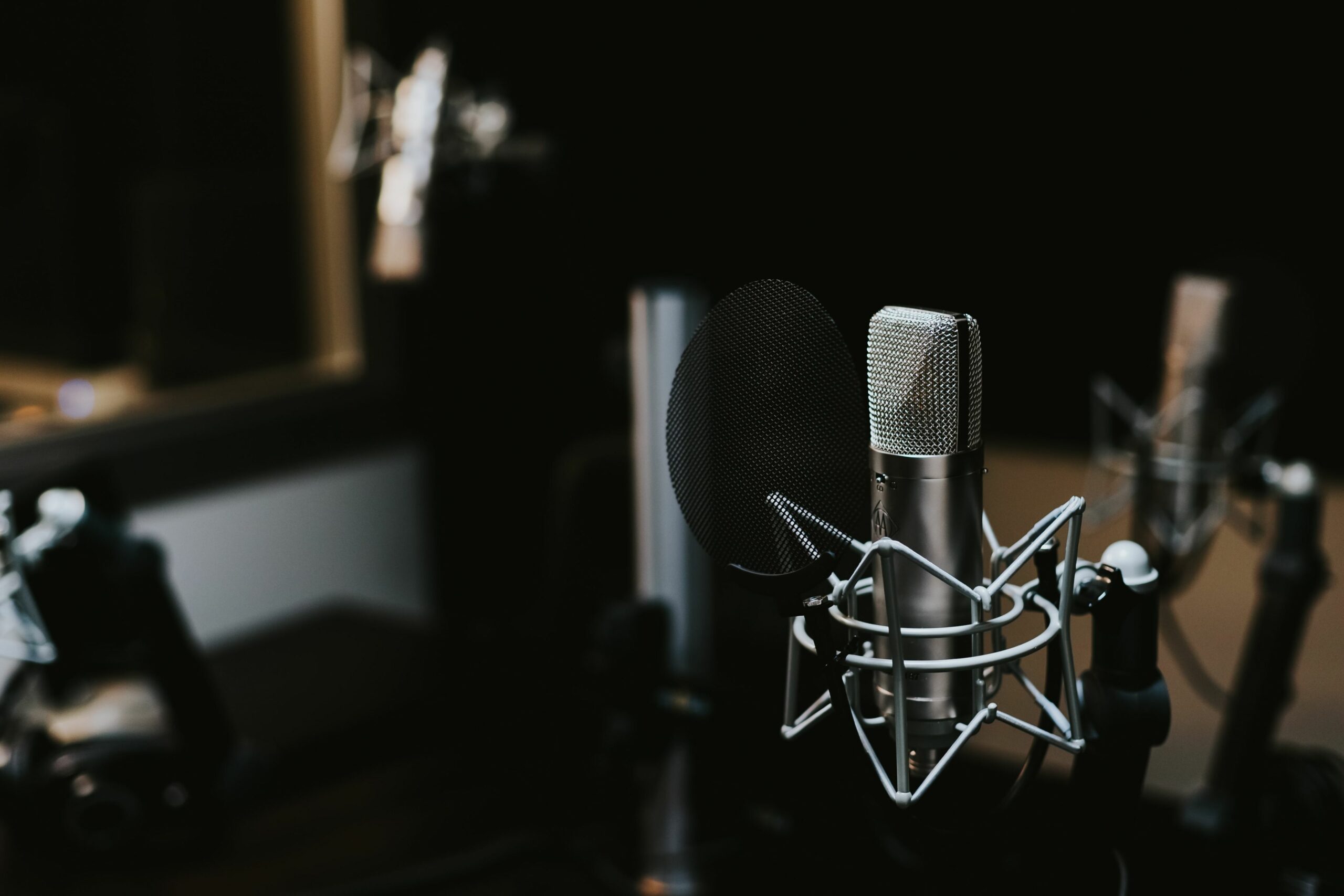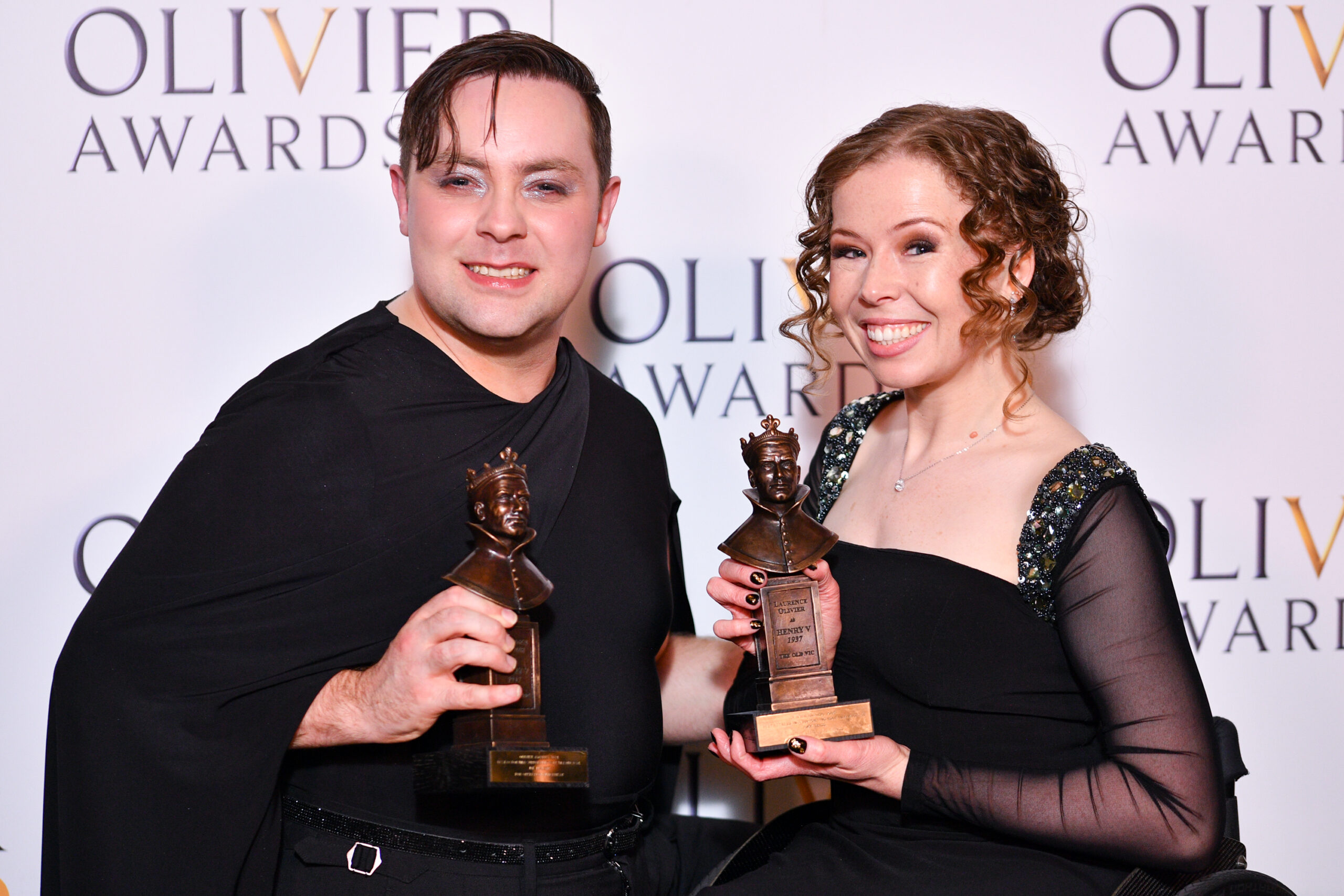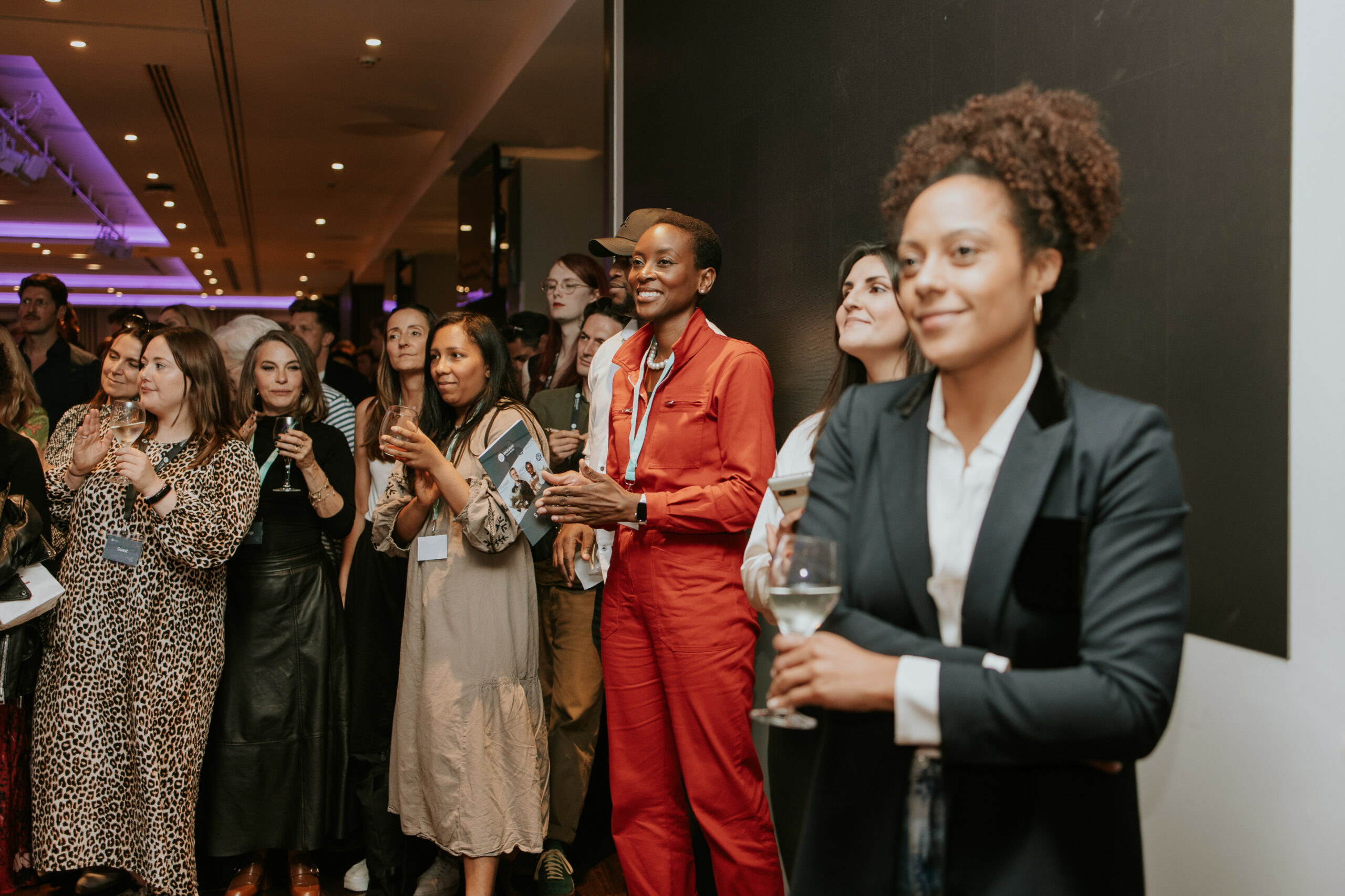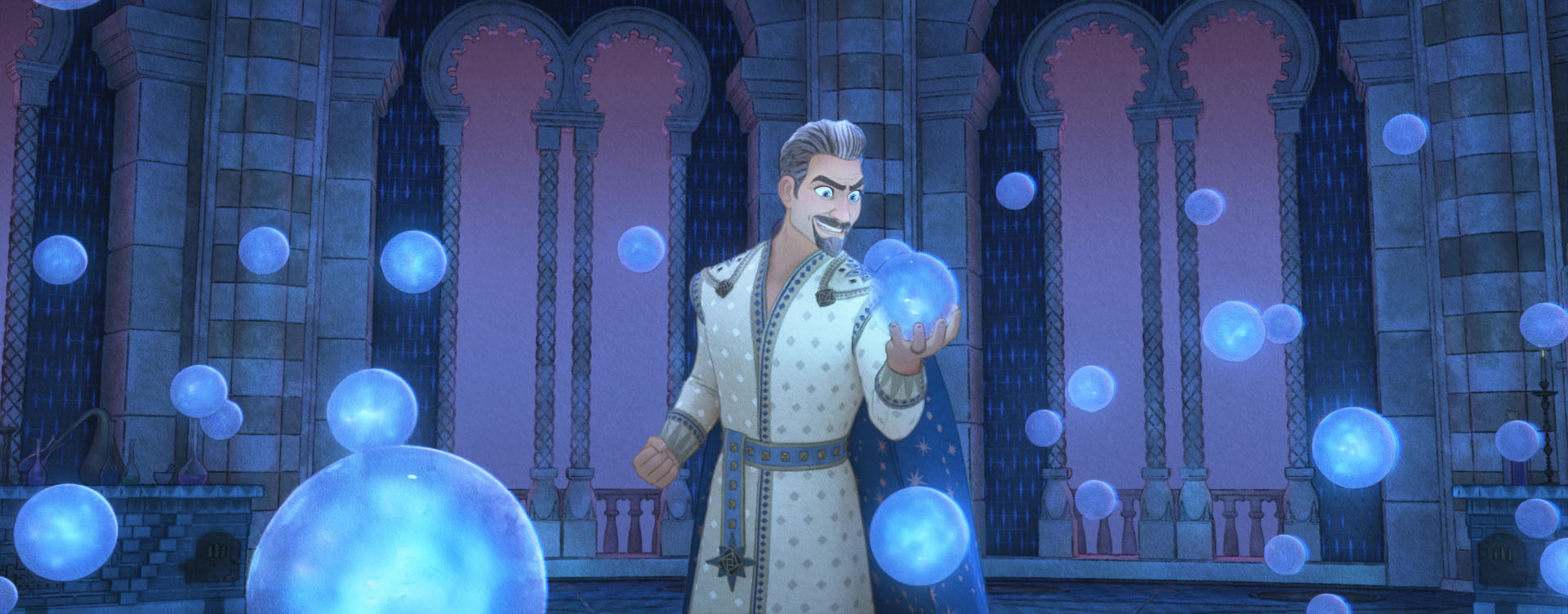Award-winning audio writer, director and producer Jack Bowman explains the various types of radio and voice studio setups performers may encounter.
Audible studio setup
Audible like to cast big names for their audio output. If you do work for Audible, you will likely receive the script in advance however it’s not uncommon for the rest of your company to not yet be cast when you start recording.
In the studio you’ll be sat on one side of the glass with the tech team on the other side. The studio has three microphones at the front for the cast – you’ll probably have your own one – and an effects mic will be located in the back corner. You’ll mostly be static as there’s limited space to walk to the mic so 3Ding is more important than ever as you have to sell space in the scene that does not physically exist in the studio.
BBC studio setup
The BBC use a single mic set-up with the scene’s main performer being front and centre. Treat the mic as your audience, walk towards it to deliver your line and then move away when you’re finished to allow another scene partner to approach.
The BBC expect a bit of physicality in their audio performers so make use of the space and distance around the mic to sell the scene. Stand back and then make a beeline for the mic when it’s your time. The director will instruct you on basic blocking if required.
Big Finish studio setup
Big Finish are one of the largest employers of voice actors in the UK. They usually use a one-of-a-kind studio configuration, at Moat Studios, where each performer will be in their own booth with their own mic. You will be seated on a high stool and you won’t be able to see your fellow cast members. Even though performers are isolated from one another, you will be performing together.
Binaural recording
Binaural recordings create a sense of 3D sound so the listener feels like they are in the room with the performers. The lead actor in a scene will wear a headset that allows them to act as a human microphone. If there is no lead character then a mannequin would be placed in the studio wearing a rig. It’s best to treat this setup like theatre, take a few steps in for your lines but don’t cross the mic. You’ll need to move when you talk and always be aware of where the mic is so it’s important that you know your lines better than you would for other types of audio recording. It will require stage blocking with your director, and likely be recorded in continuous, whole takes as editing binaural soundtracks is difficult due to the 3D nature of them.
Other studio configurations
There’s a new emerging mic configuration that involves having a crisscrossed rig in the centre of the studio with a single mic setup. It’s designed to bring performers closer together with actors performing at each other using one mic. Usually the main character would be front and centre but in this set-up status goes out of the window and the cast is all in it together.
Read more about voice work for performers and working in the audio industry.
Jack Bowman is an award-winning audio writer, producer, director and BBC Studios Podcast producer. He co-created ‘The Springheel Saga’ for Wireless Theatre Ltd and has produced notable titles award-winning titles such as ‘Dead London’ and Audible’s ‘Murder On The Orient Express’.
Jack spoke about working in radio and audio drama at a Spotlight Open House session, which are free for members to attend (spaces are limited). Read write-ups from previous Open House sessions.

